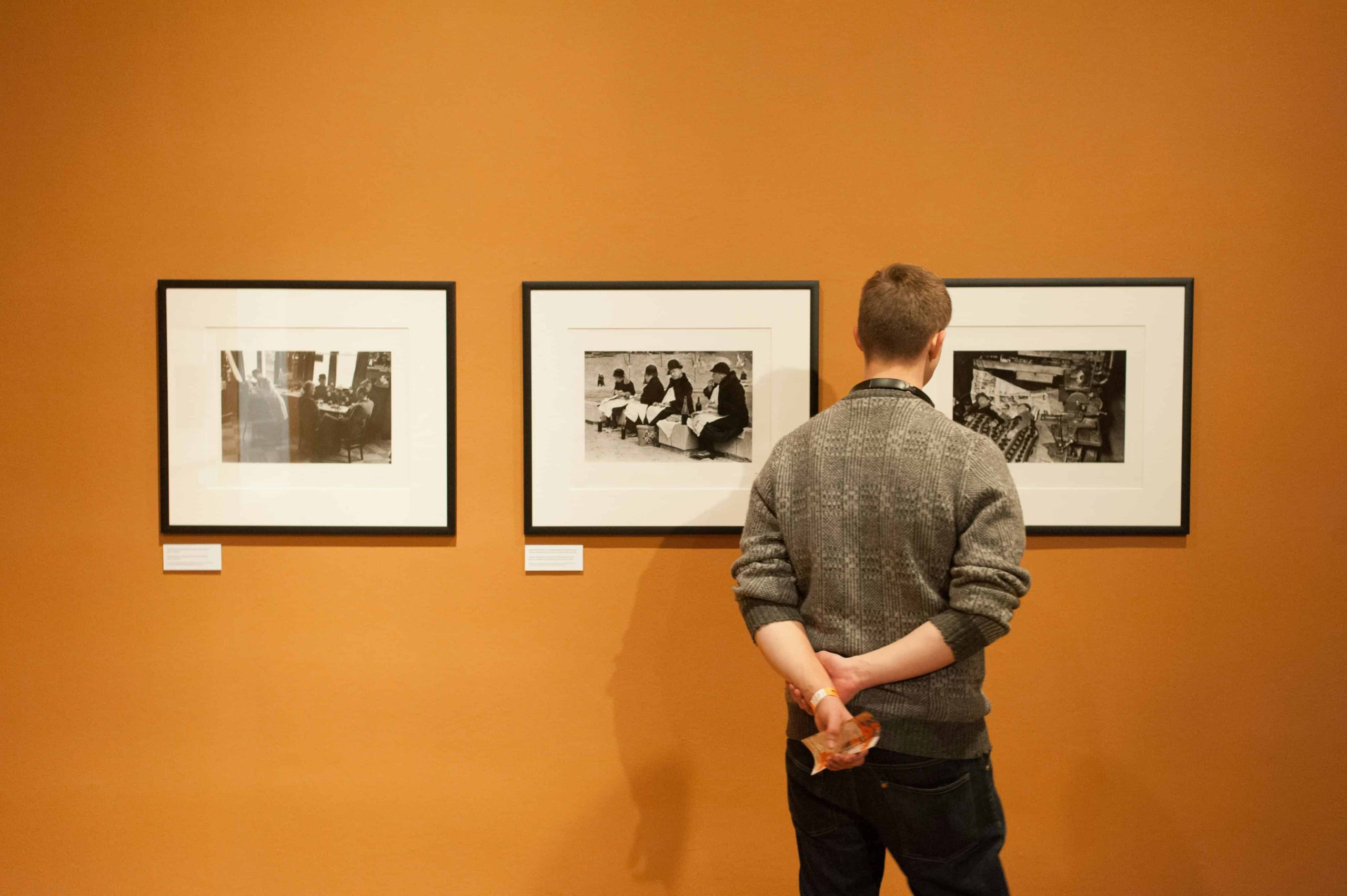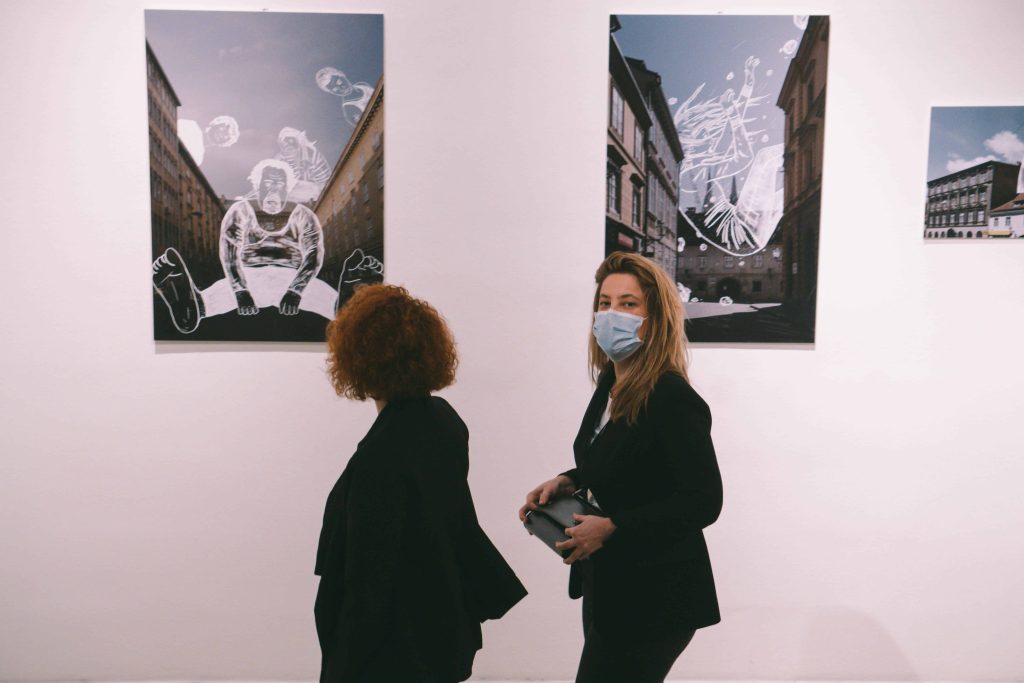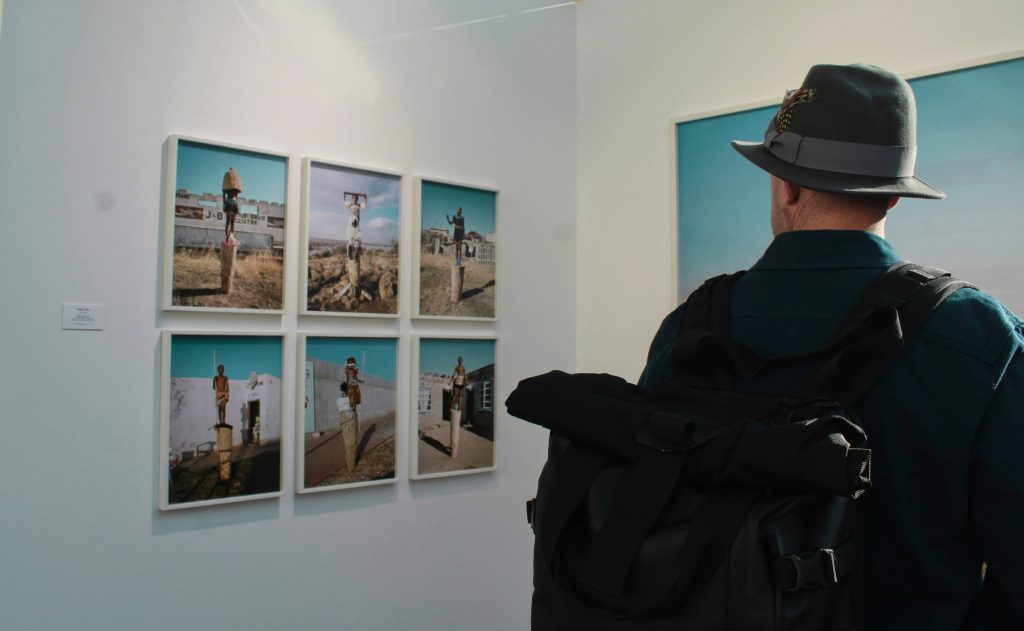
01 Jul Art Exhibition Reviews and Critiques in 2024
Art Exhibition Reviews and Critiques: A Comprehensive Guide
Art exhibitions serve as windows into the creative minds of artists, offering profound insights and sparking meaningful conversations. However, navigating through these exhibits requires more than just a casual stroll; it demands a discerning eye and an understanding of the nuances within each piece. In this guide, we delve into the art of reviewing and critiquing exhibitions, providing a roadmap for both novice enthusiasts and seasoned critics alike.
Art criticism and reviews play a pivotal role in the art world, serving as catalysts for dialogue and reflection. Whether penned by seasoned experts or passionate amateurs, these evaluations provide invaluable perspectives that enrich our understanding of artistic endeavors. Our guide aims to demystify the process of reviewing exhibitions, catering to a diverse audience ranging from avid art connoisseurs to the curious general public.

Before You Go: Preparation
Before embarking on your journey through the realm of art, it’s essential to arm yourself with knowledge. Conduct thorough research on the exhibiting artist(s) to gain insights into their backgrounds, influences, and artistic philosophies. Additionally, familiarize yourself with the overarching theme or concept of the exhibition, if one exists, to contextualize your experience. Lastly, acquaint yourself with the gallery or museum space to navigate it effortlessly upon arrival.
Examining the Exhibition
First Impressions
Upon entering the exhibition space, take a moment to absorb the atmosphere and evaluate the curator’s approach to curation. Consider the flow of the exhibition and how each artwork contributes to the overarching narrative. Pay attention to the use of space, lighting, and arrangement, as these elements significantly influence the viewer’s perception.
Individual Works
Delve deeper into each artwork, scrutinizing the techniques employed and the materials utilized by the artist. Analyze the subject matter, symbolism, and underlying messages conveyed through the artwork. Evaluate the artist’s proficiency in executing their vision, assessing factors such as composition, color palette, and emotional resonance.

Crafting Your Review
Structure
Structure your review cohesively, beginning with a succinct introduction that sets the stage for the exhibition and introduces the artist(s) behind it. In the body of your review, articulate your observations using clear and concise language, drawing upon the insights gleaned from your examination of the exhibition. Conclude your review by summarizing your key takeaways and offering your overall impression of the exhibition.
Language and Tone
Employ descriptive language to vividly evoke the essence of the artwork, allowing readers to immerse themselves in the experience. Maintain a respectful and objective tone throughout your review, even when offering critiques. Avoid excessive use of technical jargon, ensuring that your review remains accessible to readers of all backgrounds.
Incorporating Criticism
When critiquing artworks, adopt a constructive approach focused on the merits and shortcomings of the work itself. Provide specific examples to support your critiques, offering insights that contribute to the ongoing discourse surrounding the exhibition. Refrain from personal attacks on the artist, instead fostering a dialogue that encourages growth and development.

Conclusion
In conclusion, art exhibitions serve as invaluable platforms for cultural exchange and creative expression. By engaging critically with these exhibitions, we enrich our understanding of art and its profound impact on society. We invite readers to embark on their own explorations of art, armed with newfound knowledge and insights gained from our guide.
Key Takeaways
- Preparation is Key: Before attending an art exhibition, conduct thorough research on the exhibiting artist(s) and the overarching theme of the exhibition to enhance your understanding and appreciation.
- Analytical Examination: When exploring the exhibition, pay attention to the curator’s approach, the flow of the exhibition, and individual artworks, scrutinizing techniques, subject matter, and symbolism to gain deeper insights.
- Structured Reviews: Structure your review cohesively, starting with an introduction, followed by clear observations using descriptive language. Maintain objectivity and respect in your tone, focusing on constructive criticism of the artworks.
- Fostering Dialogue: Encourage dialogue and growth by providing specific examples to support critiques and refraining from personal attacks on the artist. Emphasize the importance of engaging critically with art for cultural exchange and creative expression.
FAQs
Why are art criticism and reviews important?
Art criticism and reviews spark dialogue, deepen understanding, and offer diverse perspectives on artistic endeavors. They enrich our appreciation of art, fostering a deeper comprehension of artistic intentions and societal implications.
How should I prepare for an art exhibition?
Before attending, research the exhibiting artist(s), understand the exhibition’s theme, and familiarize yourself with the venue. This preparation enhances the overall experience and comprehension of the artwork.
What elements should I include in my exhibition review?
Structure your review with a clear introduction, articulate observations with descriptive language, and maintain an objective tone. When critiquing artworks, focus on their merits and shortcomings, providing specific examples to foster constructive dialogue.
Dive into the evolving landscape of digital art exhibitions and discover how accessibility measures are shaping the way audiences engage with contemporary artistic expressions.

